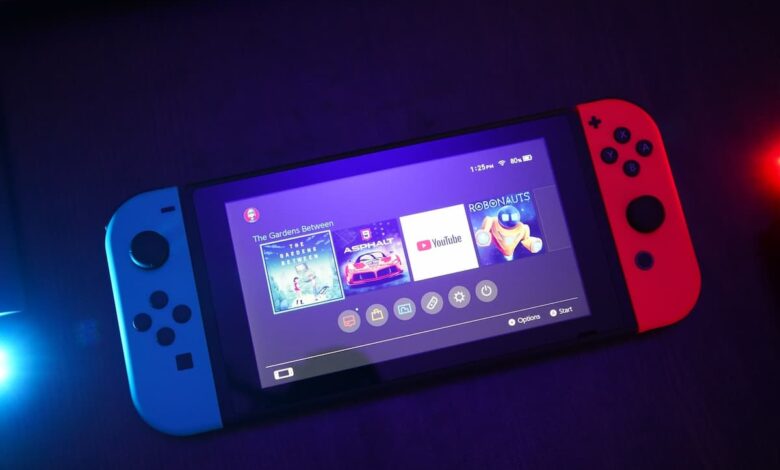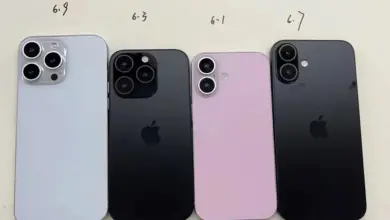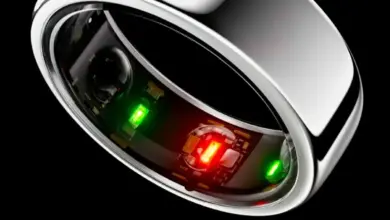A battery-free system for next-generation IoT devices

Batteries negatively impact the environment, and many embedded applications do not rely on constant current. However, simply connecting the power supply to the microcontroller does not completely solve the problem. Some energy (usually in a capacitor) must be stored because the energy from the collected sources is not constant and may not be sufficient to keep the device running continuously.
Once a certain amount of energy has been collected, the system will be active for a few seconds. It would be problematic if the program would start from the beginning every time you reload the system. Also, going into sleep mode can be a problem because you don’t know when the power will come back.
The BFree system uses a power-failure-resistant version of the widely-used programming language Python. BFree also includes energy-harvesting hardware called the BFree Shield, and it could also be useful for space and especially small satellites powered completely from solar. The new BFree system technology allows anyone to make sustainable electronics and will help reduce the unsustainable number of dead batteries that end up as e-waste every year.
Project overview
Last year, computer engineers from Northwestern University and Delft University of Technology (TU Delft) launched the world’s first battery-free Gameboy, which collects solar and kinetic energy from users by pressing a button to power unlimited gaming. The same team has released a set of hardware and software that they say can provide unlimited power to small electronic devices.
Researchers are offering a new platform that enables manufacturers, hobbyists, and novice programmers to build their own battery-free electronic devices that operate on uninterrupted harvested energy.
Technology BFree includes an energy-harvesting hardware system and a power-failure-resistant version of Python, one of the most accessible and most used programming languages. These systems are used to harvest energy to eliminate the need for batteries in consumer electronics. This work focuses on understanding Python to easily convert a DIY smart device to a battery-free version.
This technology can be achieved without user input or without changing the Python code.
How does it work?
The intermittent computer element is completely invisible for the user. The updated Circuit Python interpreter interacts internally with the BFree shield and chooses when to make a “checkpoint.” A checkpoint is a snapshot of the Programme at that point. When the system runs out of power and ultimately backup, the software starts up again. The system continues from the previous successful checkpoint. A checkpoint is formed by transmitting the interpreter’s state to the BFree shield, which saves it in non-volatile memory (FRAM).
Asking the wrong question
“For now, it’s almost impossible to develop a device with battery-free hardware for hobbyists, so we wanted to democratize a battery-free platform,” said Northwest Josiah Hester.
“Makers all over the internet are asking about ways to extend the battery life of their devices. They are asking the wrong question. We want them to forget about batteries, but rather think of more sustainable ways to generate electricity.”
“Manufacturing industries are often interested in rapidly deploying their devices, and that quickness doesn’t always go well with sustainability, said TU Delft’s Przemyslaw Pawelczak, who co-led the work with Hester.” “We wanted to design a viable product that could can these two worlds.”
Democratizing battery-free hardware
The system is designed to “democratize” sustainable battery-free hardware equipment for the Maker Movement, a technology-oriented extension of the DIY culture. The Maker Movement is growing every year and is responsible for countless DIY Internet of Things (IoT) electronic devices, adding to the problem of e-waste. “Many people predict that the IoT will have a billion devices,” Hester said in a Northwest statement. “This means that one billion empty batteries or 100 million people replace empty batteries every few minutes, which poses enormous ecological costs to the environment. What we are doing is really empowering people. We want everyone to be able to program their devices in a more sustainable way.”
Invisible for the user
But simply forgoing a battery isn’t as easy as it sounds. When devices bypass the battery and rely on power harvesting, the power supply is no longer constant. For example, if the sun goes behind a cloud, solar power might be temporarily interrupted.
Using BFree, researchers have solved this problem. This technology allows the device to operate continuously with intermittent power. BFree will stop the calculation when the power is cut off. When power returns, it automatically resumes from where it left off, without losing memory or running a long list of operations. Besides saving energy, this technology is more user-friendly than traditional programs that lose all the memory of what happened before a power outage and need to be restarted from the beginning.
Researchers coded BFree using software that interprets Python programs for battery-free devices to make the process easier to use. Users will need to connect the BFreeShield to the manufacturer’s Adafruit Metro M0 platform and program the device as usual. The BFree software does the rest and allows the program to run without a battery. It gets energy and always works in the event of a power outage.
“We wanted it to be completely invisible to the final user,” said Kortbeek, who holds his Ph.D. Candidate for Pawelczak’s group.” “Therefore, we tried to keep the original experience of the device so that users couldn’t see how they modified the software to interpret Python files for battery-free technology.”
“Now everyone can build and program smart and sustainable devices,” says Hester. “This will make our future vision of ubiquitous computing more sustainable, easier to use and more environmentally friendly.”
Infinite Lifetime
Computer engineers have developed a system without a battery that enables electronic devices to align in harvested energy, such as solar power, which gives them an infinite life, reveals a press release.
“For battery-free technologies such as BFree to replace battery versions, for reasons such as sustainability, but also for convenience and reduction of maintenance costs,” Josiah Hester, who led the investigation, told in an interview via email.
The new version would allow devices to smoothly operate any time power is available, enabling a new movement of sustainable DIY electronics. This system will also overcome intermittent power to halt calculations when power is interrupted.
When power is restored, the device can resume smoothly from where the user was interrupted. Researchers aim to make the system available to everyone and plan to allow manufacturers and hobbyists to design devices with an unlimited lifespan. If it works, BFree will eventually apply to various home appliances such as phones, computers, headphones, and appliances.
Limited waste
An important selling point of this device is the ability to dispose of used batteries as e-waste. It is estimated that Americans alone sell 3 billion batteries annually. Global battery usage is expected to increase from the current 185 Gigawatt hours to 2000 in 2030. In addition, creators are concerned that this problem will only worsen in the coming decades as innovation drives hardware development. Ultimately, it is expected that there will be over a billion connected devices on the Internet of Things, producing hundreds of millions of batteries that need to be replaced every few minutes.




